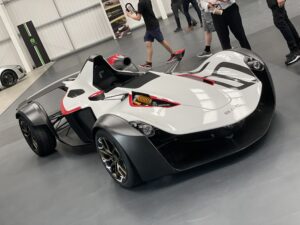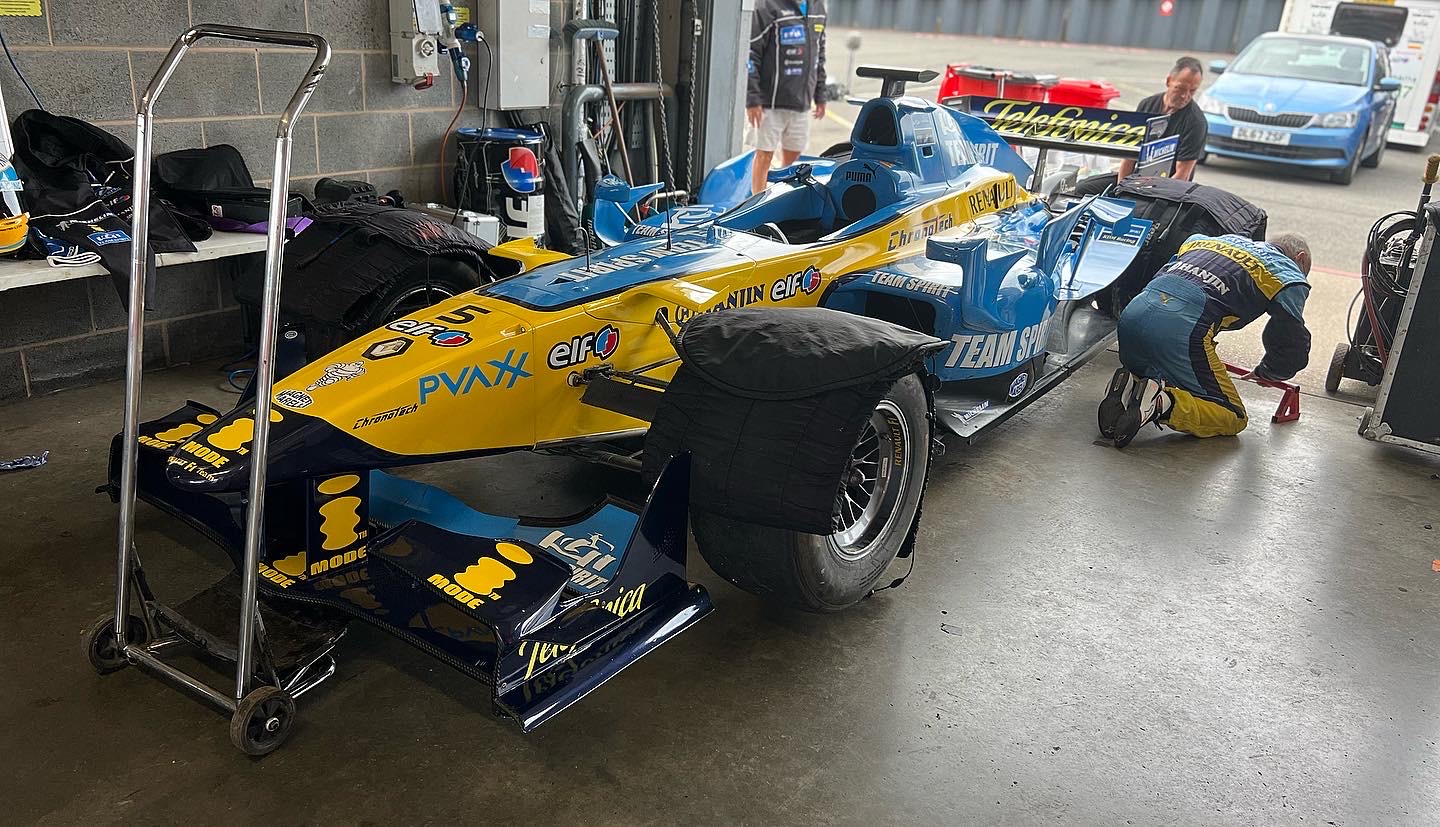In the high-stakes world of motorsport, where teams invest billions in search of the slightest competitive edge, the technology developed on the racetrack often finds its way into the vehicles we drive every day. This cross-pollination between the pinnacle of automotive engineering and the production cars we use for our daily commutes is not just about recouping investments; it’s about pushing the boundaries of what’s possible in automotive technology. Below, we explore some of the most significant motorsport innovations that have seamlessly integrated into the fabric of everyday road car technology.
The Ubiquitous Rear-View Mirror
One might not immediately associate the rear-view mirror with high-tech racing innovations, yet its origins in the motorsport world underscore its importance. Born out of the necessity for 1950s race car drivers to monitor their competitors approaching from behind, the rear-view mirror has transcended its racing roots to become a fundamental safety feature in all modern vehicles. Its widespread adoption underscores how motorsport continues to influence even the most basic aspects of car design and safety.
The Evolution of Active Suspension
Gone are the days when suspension systems passively reacted to road conditions. Inspired by Formula 1, active suspension technology, which intelligently adjusts the chassis’ height at each wheel, was developed to conquer uneven surfaces, ensuring optimal handling and comfort. This technology first made its way to the public with the introduction of the Toyota Soarer in 1983, and has since been adopted by numerous manufacturers, enhancing the driving experience of many road cars, from the Citroën Xantia to the Volvo S60R.
The Revolutionary Impact of Disc Brakes
Disc brakes, a groundbreaking innovation first showcased by Porsche at the 24 Hours of Le Mans, exemplify how motorsport has catalysed advancements in vehicle safety and performance. This technology, which allows for rapid braking without locking the steering, marked a significant leap forward and has been a staple in production cars since the 1980s. The evolution continues with the adoption of F1-inspired ceramic disc brakes, underscoring the ongoing influence of racing technology on road car development.
The Advent of Semi-Automatic Gears
The direct shift gearbox, a marvel of engineering first developed for the Porsche 962, has revolutionised the concept of gear shifting by combining the efficiency of manual transmission with the simplicity of automatic gears. This technology, which laid the groundwork for the paddle shift systems used in Formula 1 today, has found a widespread application in production cars, offering drivers the option of engaging in a more interactive driving experience.

The Cutting-Edge Carbon Fibre Chassis
Carbon fibre, renowned for its lightweight and strength, represents the zenith of materials engineering in motorsport. While the high cost of production has so far limited its use to high-end vehicles and electric cars like the BMW i3, the integration of carbon fibre reinforced plastic (CFRP) in vehicle bodies signifies a crucial step towards lighter, more efficient automobiles.
The Integration of Joypad Steering Wheels
 Modern F1 steering wheels, bristling with buttons and controls, may seem worlds apart from the steering wheel of an average road car. However, the principle of centralising essential functions within easy reach of the driver has been adopted by car manufacturers worldwide. This design philosophy enhances both safety and convenience, making the technology behind even the most complex racing machines relevant to everyday drivers.
Modern F1 steering wheels, bristling with buttons and controls, may seem worlds apart from the steering wheel of an average road car. However, the principle of centralising essential functions within easy reach of the driver has been adopted by car manufacturers worldwide. This design philosophy enhances both safety and convenience, making the technology behind even the most complex racing machines relevant to everyday drivers.
The Spread of Four-Wheel Drive (4WD)
The introduction of 4WD in the Audi rally team’s cars in the 1980s, epitomised by the revolutionary Quattro, has had a profound impact on vehicle handling and performance. This technology, which ensures optimal power distribution to each wheel, has become a staple in vehicles far removed from the rally stages, offering enhanced stability and performance for everyday driving conditions.
The journey of these technologies from the racetrack to the road illustrates the symbiotic relationship between motorsport and automotive manufacturing. As motorsport continues to serve as a testing ground for innovation, we can expect to see even more advanced technologies making their way into the vehicles we drive every day, enhancing our driving experience and safety on the road.

